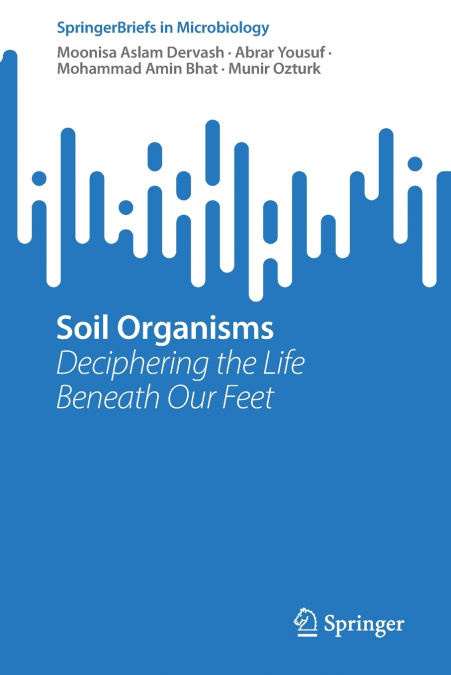
Abrar Yousuf / Mohammad Amin Bhat / Moonisa Aslam Dervash
Soil biota is an important and fundamental part of terrestrial ecology. The soil organisms include all those life forms which pass significant proportion of their life within a soil profile. The range of organisms may vary from microscopic entities to a macro level organisms. These organisms are the hidden beauties which take up the task of food chain regulation, organic matter decomposition, and nutrient enrichment of soil. Soil organisms can be grouped into three classes viz; chemical engineers (bacteria,fungi and protozoans), biological regulators (small soil invertebrates like nematodes and mesofauna) and ecosystem engineers (large soil invertebrates and small mammals). These creatures are mainly regulated by certain physical and biological factors. The physicochemical characteristics of soil can determine its biological diversity which influences the regulatory services in an ecosystem.This book showcases the mechanisms of biological dynamics at micro, meso and macro scales of the soil organisms. The introductory chapters of this book focus on understanding the faunistic diversity and its significance in soil, bioindicators in assessment of soil quality, consequences of various stressors on soil, highlighting the eves and odds associated with agricultural industry vis-à-vis environmental pollution and the possible influences on soil biota. Remaining chapters focus on the fungal internet, ecosystem cybernetics, and the potential remedial technologies for soil conservation, and novel remediation strategies to deal with degraded soils.